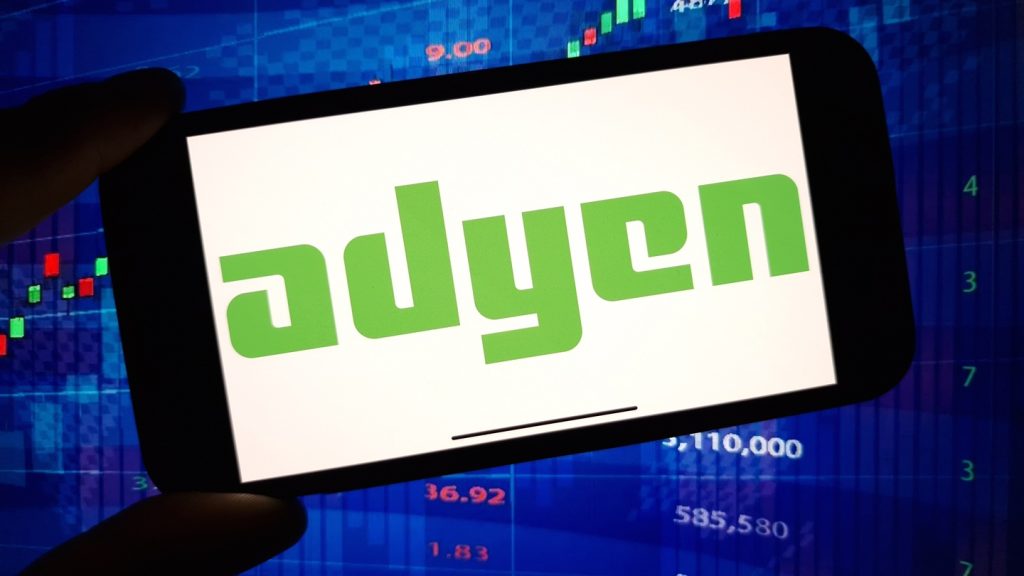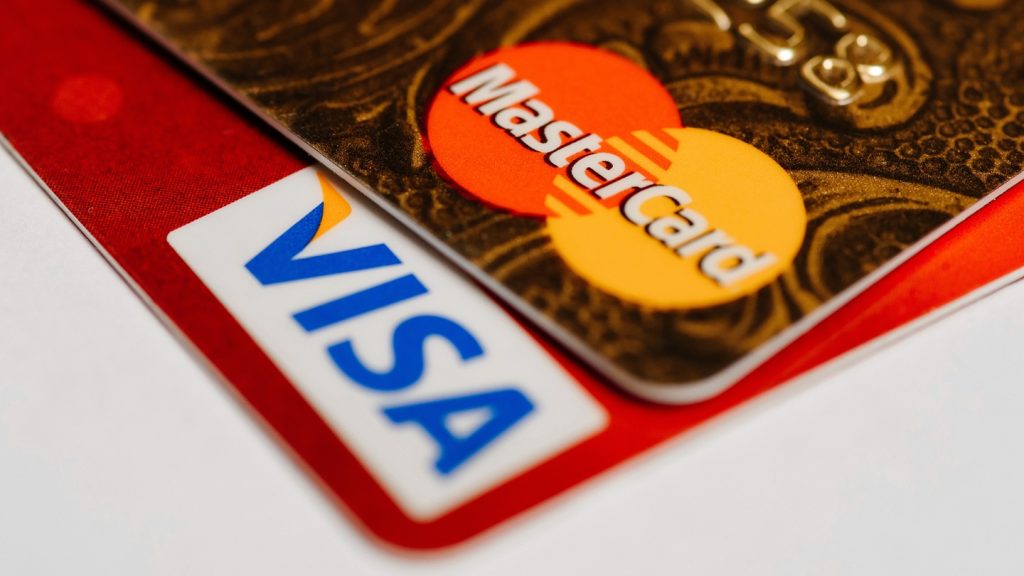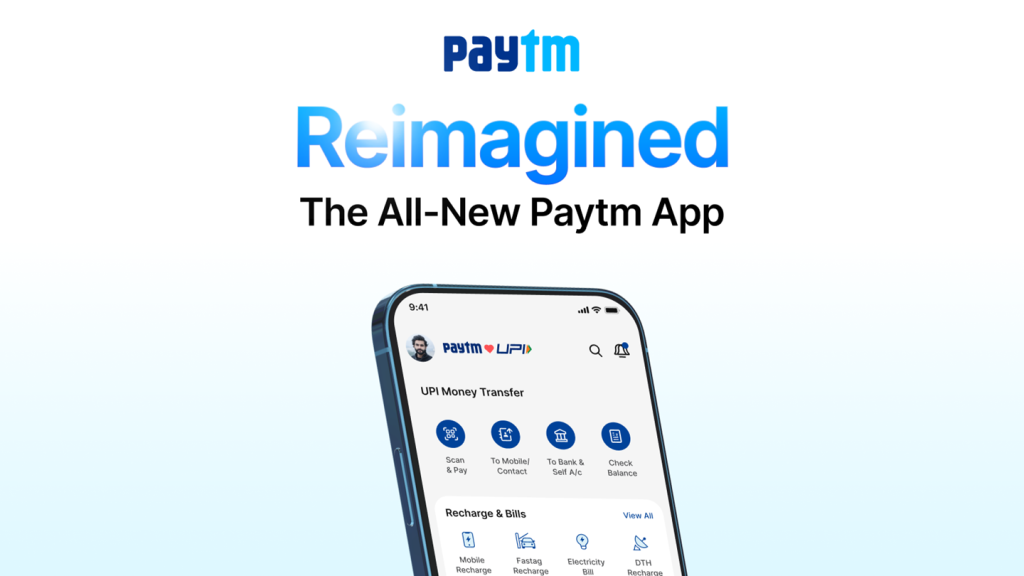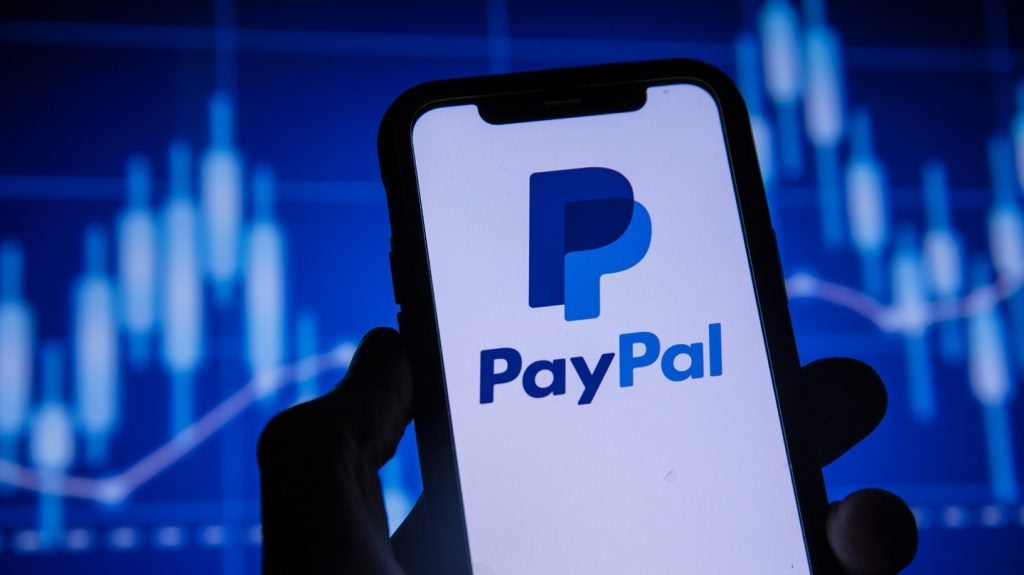It has taken some 16 months since first mooted but they have got there in the end-the ‘they’ being Diebold and Wincor Nixdorf. Douglas Blakey writes
The result is a new brand – Diebold Nixdorf – a new website and a new logo.
Now the two firms have to make it work.
It was only last June that Wincor CEO Eckard Heidloff was quoted by the German publication thus:
“From our view, a merger with Diebold doesn’t make sense. We believe, that in this case 1+1 would be less than 2. The restructuring and integration effort would be unbelievable enormous. This would paralyse both companies.”
Fast forward a year and Heidloff said: "Wincor Nixdorf has done its homework, and plans for the business combination with Diebold are progressing well.

US Tariffs are shifting - will you react or anticipate?
Don’t let policy changes catch you off guard. Stay proactive with real-time data and expert analysis.
By GlobalData"Together, we are looking to create a powerful new IT company that is an innovative and reliable partner to both retail banks and retailers in these dynamic times.”
Not that it was really a merger of course. In terms of the $1.8bn deal, Diebold required to acquire needs at least 75% of Wincor’s shares to obtain control and for a time in or about Easter, that was from guaranteed.
The done deal creates the world’s largest maker of ATMs based on units sold but it is of course old hat to think of Diebold Nixdorf merely in terms of hardware.
In the first three quarters of the current fiscal, total net sales generated by Wincor’s hardware business amounted to only 44% against 56% from software/services.
At Diebold, hardware sales accounted for a mere 33% of sales revenue in the first half of the year against 67% for software and services.
It is no misprint when the new firm describes itself as services–led, software-enabled company supported by innovative hardware.
As for the ATM: the new Diebold Nixdorf boasts a combined installed base of about 1 million of the 3 million ATMs in operation around the world.
Main rival NCR is not far behind with about 800,000.
The jury will be out for a little time on the merits of the Diebold Nixdorf deal. It is targeting about $160m of annual cost synergies by the end of year three.
NCR is also energetically transforming itself from an ATM manufacturer to a tech provider across physical and digital banking channels
NCR snapped up Digital Insight; acquired innovative businesses and pioneers in adjacent industries, such as Alaric in transaction processing and security, Transoft in cash management, and uGenius in video banking while it’s Radiant and Retalix sought to strengthen its position as a leader in retail technology.
NCR is also deriving new from the ATM channel via its NCR Interactive Teller, enabling a live teller to take remote control of an ATM.
Whatever the evangelists of cash displacement might try and argue, the ATM sector remains a source for revenue growth and innovation, with the 50th birthday of the first ATM only a few months away.








